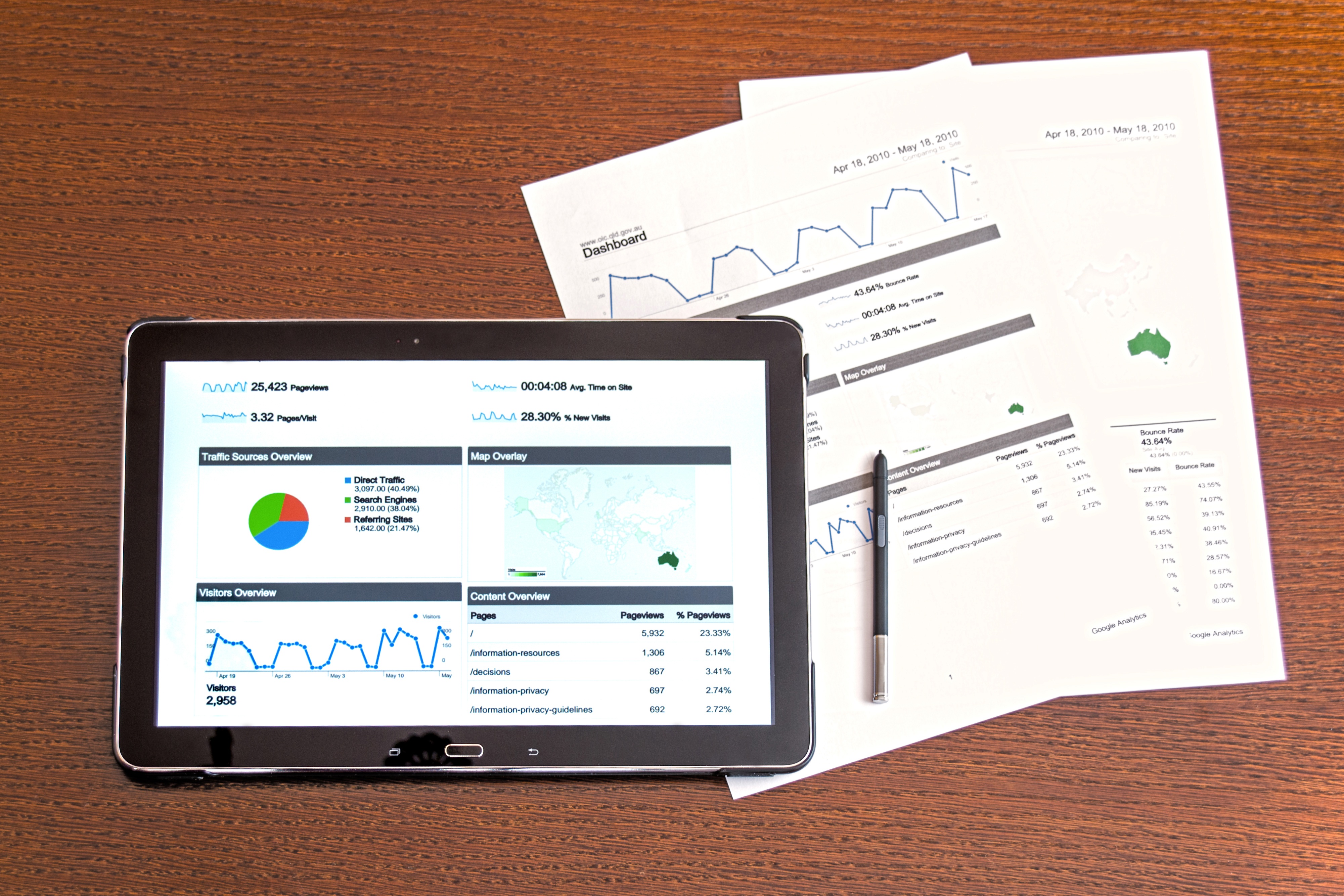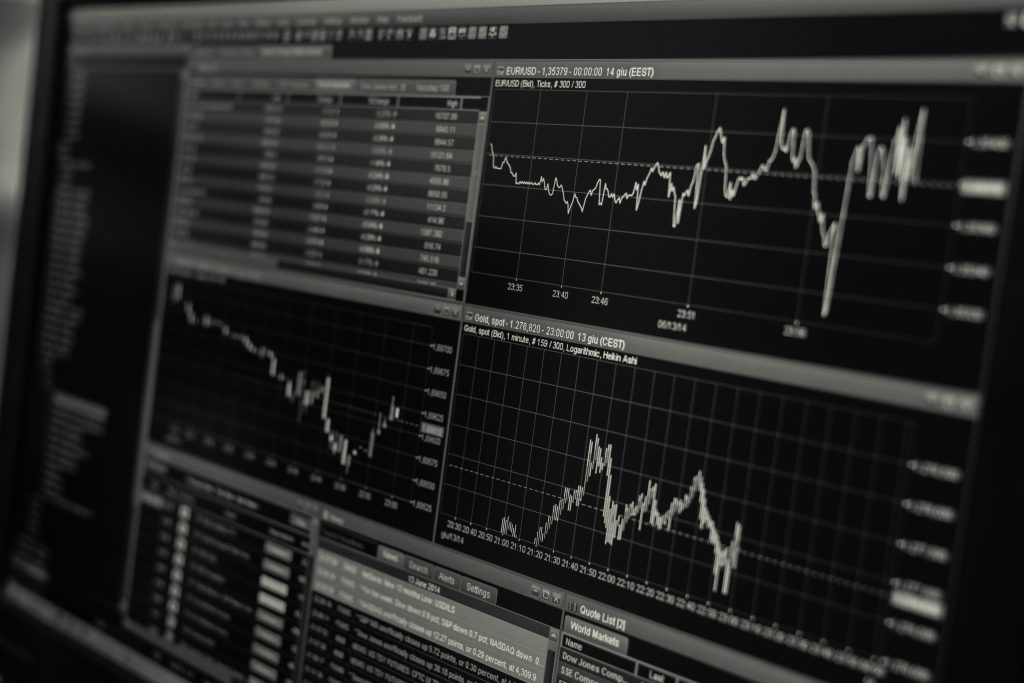Predictive Analytics
Predictive analytics leverages current and historical data to predict future outcomes. Predictive analytics utilizes data mining, statistical algorithms, machine learning and neural networks to develop prediction models.
The development of reliable predictive models is as much art as it is science. The process starts off by identifying relevant data points and collecting them through data mining. Next is feature engineering to prepare the data and feeding it to a predictive model for training. The choice of the model often depends on the accuracy requirements and computational resources available. Some of the most widely used models in predictive analytics are Decision Trees, Bayesian Networks, Neural Networks, Recurrent Neural Networks or an Ensemble approach consisted of multiple model architectures.
Predictive Analytics in Sales & Marketing
Companies have long been using statistical models in sales & marketing departments. With the new advancements in the field of artificial intelligence traditional statistical models are being replaced with more advanced and real time machine learning models. These new models are transforming sales & marketing departments by optimizing and offering reliable insights into customer churn predictions, marketing campaign spendings, customer lifetime value, customer segmentations, recommendation systems, and dynamic pricing models.
Predictive Analytics in Finance
The technology savvy and RIO-driven financial industry has been quick to realize the increasing benefits of implementing AI within their infrastructure. Banks are using predictive models to detect fraudulent and money laundering activities. Creditors are using it to automate and enhance their underwriting processes and a growing number of money managers are using predictive analytics in order to estimate market movements and achieve better returns.
Predictive Analytics in Manufacturing
Fine tuning machines, operating at full capacity and minimizing downtime differentiates the leading manufacturers. The leading manufacturers are utilizing predictive maintenance models to maximize efficiency. Demand forecasting models are also used to adjust production and inventory levels.
Predictive Analytics in Real Estate
An increasing number of predictive models are being used in the development and property management aspects of the real estate industry. Developers are leveraging predictive models to forecast market movements and derive pricing for their pre-sales units, while property managers are using these models to forecast vacancy and implement dynamic pricing models.
The team at Optima AI works closely with our partners to develop predictive models in various industries including retail, finance, manufacturing and real estate. Implementing predictive algorithms often help organizations improve business processes which can affect the top and bottom lines.




